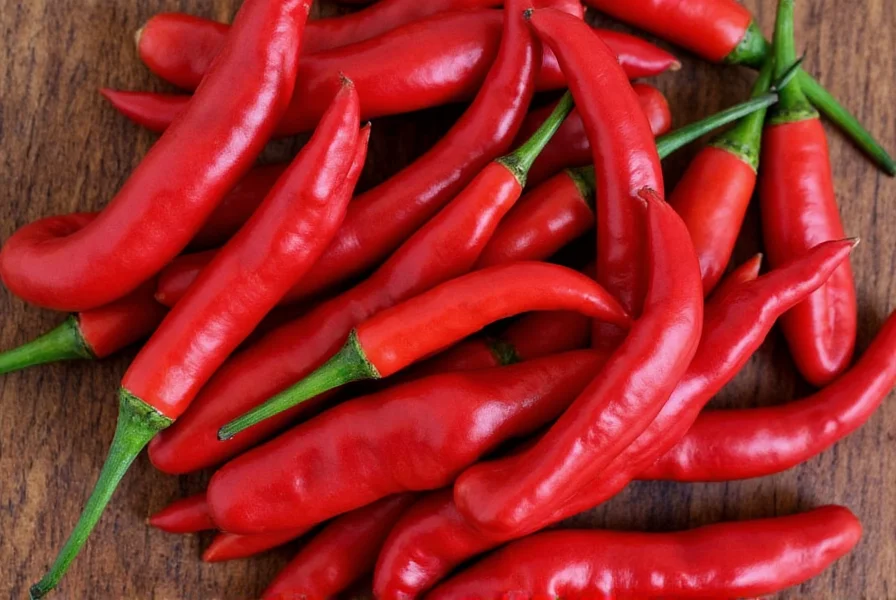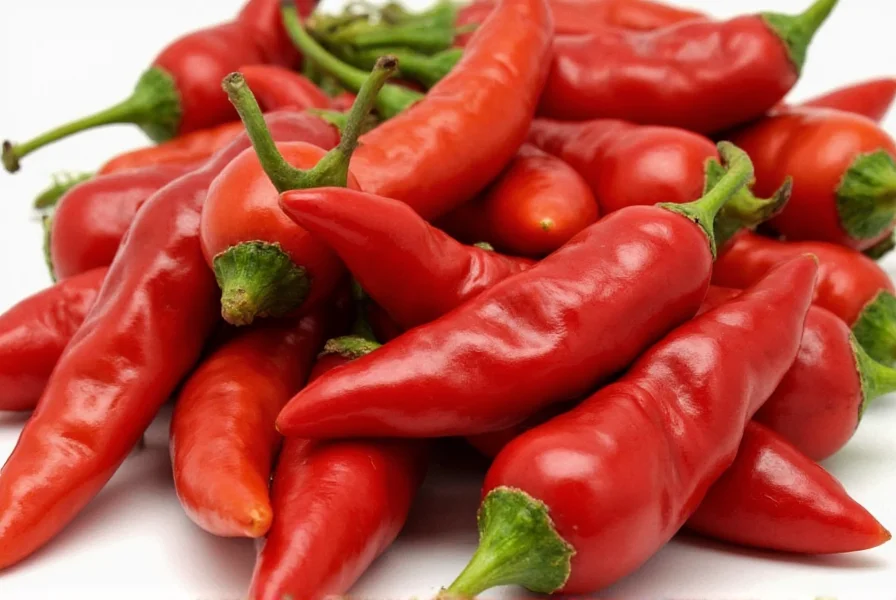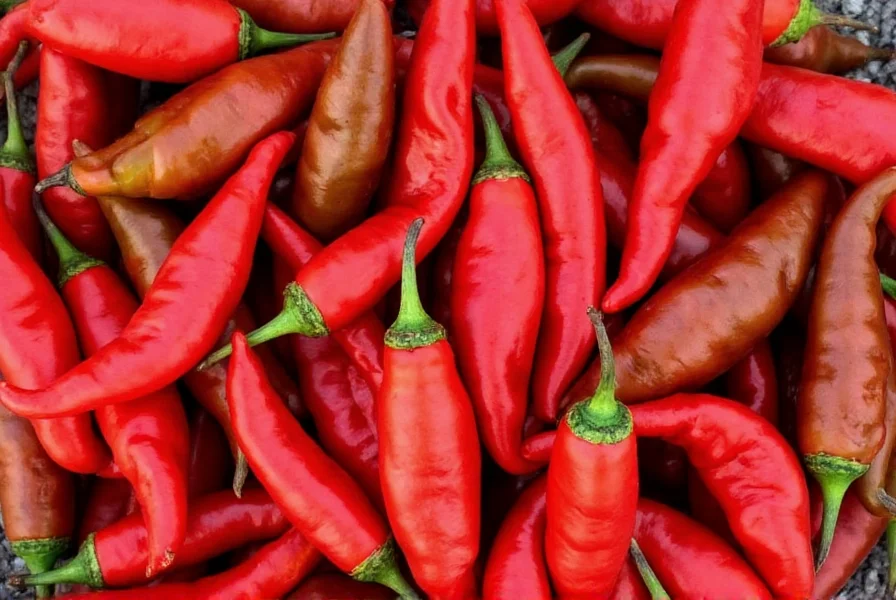If you've ever wondered how spicy are ancho chiles when planning your next Mexican dish, you'll be pleased to know these dried poblano peppers offer gentle warmth rather than intense heat. Understanding ancho chile heat level is essential for home cooks and culinary professionals alike who want to balance authentic flavor with appropriate spiciness.
What Exactly Are Ancho Chiles?
Ancho chiles represent the dried form of poblano peppers, harvested when fully ripe and deep red. The name "ancho" means "wide" in Spanish, referring to their broad, heart-shaped appearance. These versatile peppers form the backbone of many traditional Mexican sauces, including the famous mole poblano.
When evaluating ancho chile heat level Scoville measurements, it's important to understand that drying concentrates certain compounds while diminishing others. Unlike some chilies that become significantly hotter when dried, anchos maintain their mild character throughout the drying process.
| Pepper Type | Scoville Heat Units | Heat Level |
|---|---|---|
| Ancho Chiles | 1,000-2,000 SHU | Mild |
| Jalapeño | 2,500-8,000 SHU | Medium |
| Serrano | 5,000-15,000 SHU | Medium-Hot |
| Habanero | 100,000-350,000 SHU | Very Hot |
Understanding the Scoville Scale Context
The Scoville scale measures capsaicin concentration—the compound responsible for chili heat. When considering how hot are ancho chiles compared to jalapenos, the difference becomes clear: even the hottest ancho (2,000 SHU) is milder than the mildest jalapeño (2,500 SHU).
Most people describe ancho chiles as having a subtle warmth that enhances rather than overwhelms dishes. Their heat builds gradually and dissipates quickly, unlike hotter peppers that can cause prolonged burning sensations. This characteristic makes them ideal for dishes where you want chili flavor without intense heat.

Factors That Influence Ancho Chile Spiciness
Several variables affect the actual heat you'll experience when using ancho chiles:
- Growing conditions: Soil composition, water availability, and climate can cause natural variations in capsaicin levels
- Drying process: Traditional sun-drying versus mechanical drying affects flavor and heat concentration
- Seed and membrane content: Removing seeds and white membranes significantly reduces heat
- Age of peppers: Older dried peppers gradually lose potency over time
When exploring are ancho chiles spicy in recipes, remember that cooking methods also impact perceived heat. Toasting anchos before rehydrating can mellow their heat while enhancing their complex flavor profile of dried fruit, tobacco, and subtle earthiness.
Cooking Applications and Heat Management
Ancho chiles shine in dishes where their mild heat complements rather than dominates. Their relatively low spiciness allows their rich, complex flavor to come through without overwhelming other ingredients. This makes them perfect for:
- Mole sauces (particularly mole poblano)
- Adobo marinades
- Chili con carne (as a base rather than primary heat source)
- Stews and braises
- Spice rubs for meats
When working with dried anchos, proper preparation affects heat perception. Rehydrating in hot water for 15-20 minutes before use softens the peppers and makes them easier to blend into smooth sauces. For mild chili peppers for cooking applications, consider removing seeds and membranes before rehydrating to further reduce heat.

Substituting Ancho Chiles
If you need alternatives that match the ancho pepper spiciness guide parameters, consider these options:
- Guajillo chiles: Slightly hotter (2,500-5,000 SHU) but similar flavor profile
- Mulato chiles: Close relative with similar heat (2,500-3,000 SHU) and deeper flavor
- pasilla chiles: Comparable heat (1,000-2,500 SHU) with different flavor notes
- Smoked paprika: For similar color and mild heat without authentic flavor
When creating your ancho chile spiciness guide for recipe development, remember that anchos provide more flavor complexity than heat intensity. Their mild nature makes them accessible to those with lower spice tolerance while still delivering authentic Mexican culinary experience.
Practical Tips for Using Ancho Chiles
To maximize flavor while managing heat when working with ancho chiles:
- Always inspect dried peppers for mold or excessive dryness before use
- Remove stems, seeds, and white membranes for the mildest result
- Toast lightly in a dry skillet until fragrant (but not burnt) to enhance flavor
- Rehydrate in hot water, broth, or even beer for added complexity
- Blend thoroughly for smooth sauces without fibrous texture
- Start with one pepper per serving and adjust to taste
Understanding the true nature of how spicy are ancho chiles helps cooks create balanced dishes that showcase authentic Mexican flavors without overwhelming heat. Their mild spiciness makes them an excellent entry point for those exploring traditional chili-based sauces.











 浙公网安备
33010002000092号
浙公网安备
33010002000092号 浙B2-20120091-4
浙B2-20120091-4